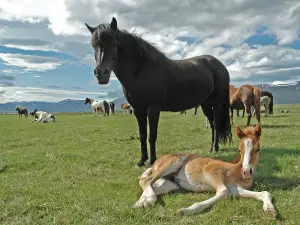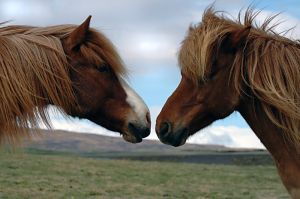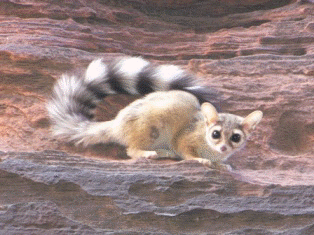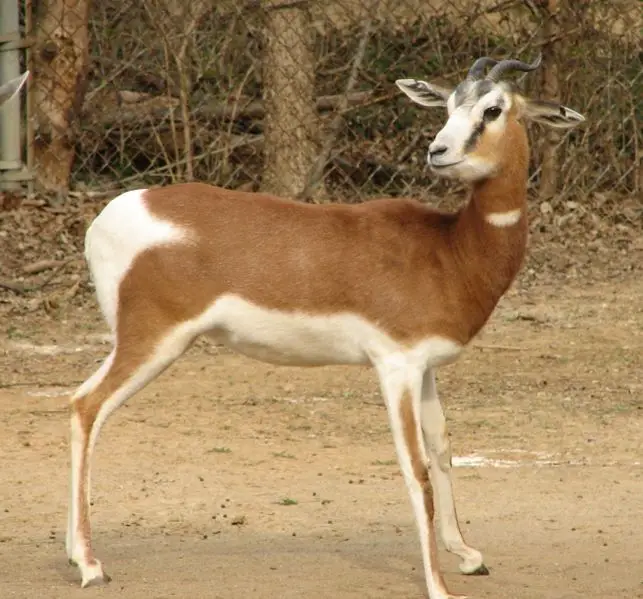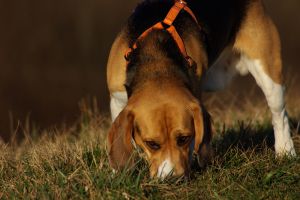Icelandic Horse
As the name suggests, the Icelandic horse is a breed of horse that was developed in Iceland. Although they are actually rather small and can be the size of a pony, most horse registries actually refer to it as a horse.
The Icelandic horse were developed from ponies that were taken to Iceland by Scandinavian settlers during the 9th and 10th centuries. This horse breed has been mentioned throughout history and literature throughout the history of Iceland. In fact, the first reference to a named horse appears to be recorded in the 12th century.
In Norse mythology, horses were highly venerated. As a result, this custom brought these horses to Iceland by the earliest settlers. Due to selective breeding over the centuries, this breed has developed into its current form. Natural selection has also played a role due to the famous harsh climate that Iceland is known for, which led to eliminating horses through cold and starvation. Unfortunately, in the 1780s, many Icelandic horses were wiped out after a volcano erupted. The first society for Icelandic horses was created in 1904, and it is now present in 19 different nations.
Icelandic horses are about 132 to 142 cm tall. They weigh about 330 to 380 kg. This size is considered a pony size, but breeders have always considered it as a horse. Although it technically is a pony (and is actually sometimes called an Icelandic Pony), they are called horses due to their personality and temperament. In addition, there is no Icelandic word for pony.
Another theory about this is that its weight carrying abilities, bone structure, and weight means that it can be classified as a horse. This breed comes in various coat colours, including roan, pinto, palomino, grey, black, bay, dun, and chestnut. This horse is so important, that there are actually more than 100 names for the various colours and colour patterns that this horse has in the Icelandic language. This breed has a double coat which has been developed to insulate this horse during cold weather.
There are different characteristics between different Icelandic horse groups. This is because it depends on the focus of each breeder. Some breeders focus on developing this horse for pack and draft work, while some are bred for riding or for horsemeat. Some even breed based solely on the horse’s coat colour.
Icelandic horses are known to mature late. As a result, they are not ridden upon until the horses are 4 years old, and they complete their structural development when they are 7. They are most productive when they are 8 – 18 years old, even though they do retain their stamina and strength well into their 20’s. The highest recorded age of an Icelandic Horse was 56, in Denmark.
